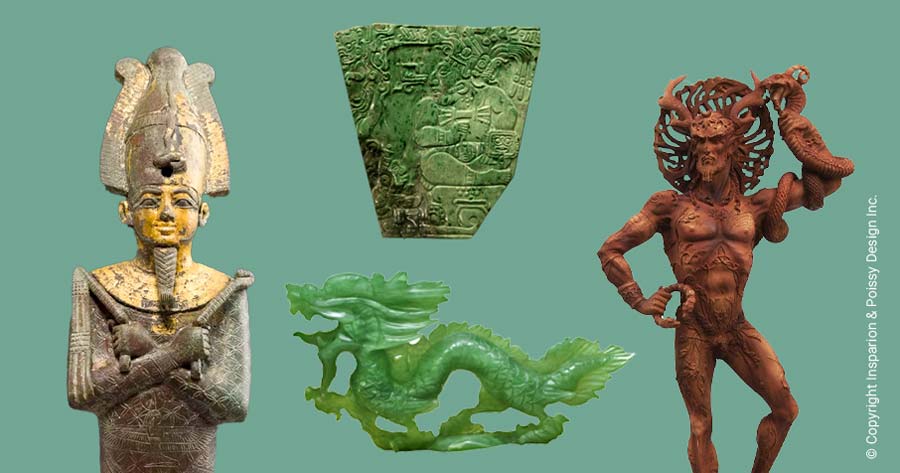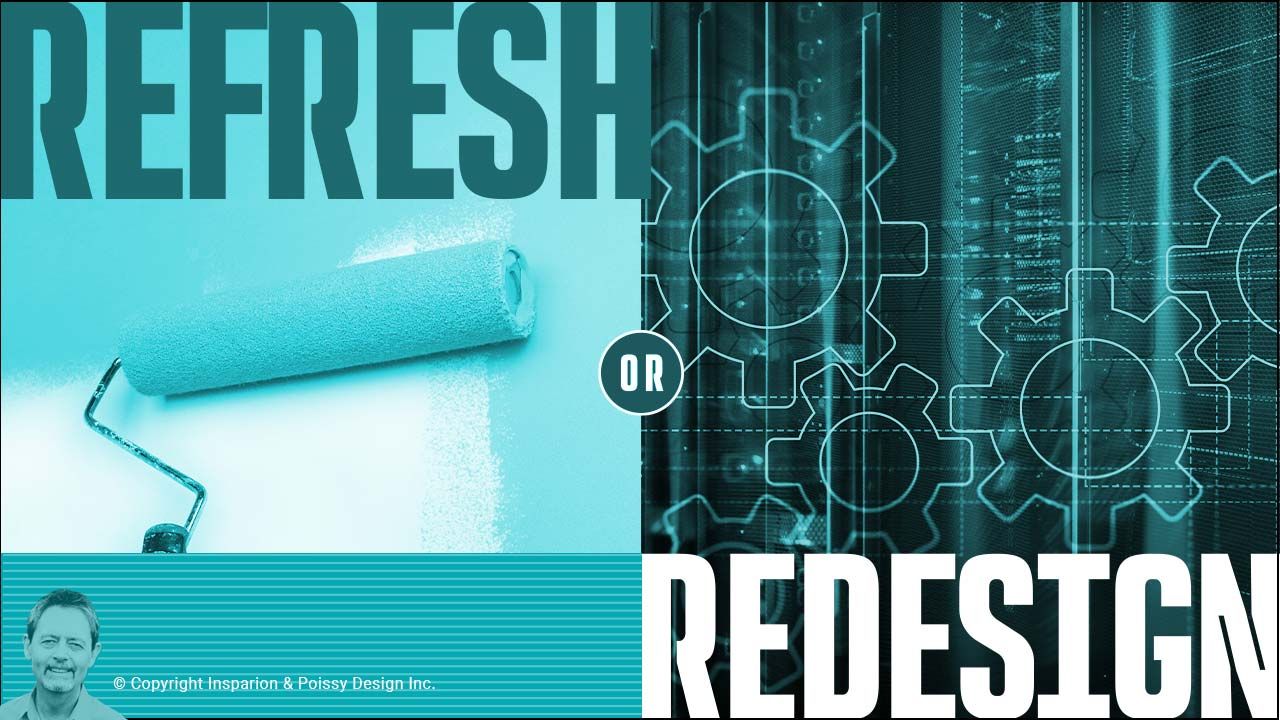
The Enduring Legacy of Green: A Colour of Nature, Symbolism, and Innovation
Mar 04, 2025From the verdant landscapes of the natural world to its deep-rooted cultural significance, Green has played an influential role in human history. As a bridge between warm and cool tones, this colour carries an array of meanings — from prosperity and renewal to envy and mystery. Green's presence spans ancient civilizations, artistic movements, scientific advancements, and modern branding. Let's journey through Green's origins, symbolism, and lasting influence throughout history.
Have a good look at this promotion banner.
Click my affiliate link to subscribe for Kajabi FREE trial and I will set-up your website and give you training how to use Kajabi at no charge.
Green Colour in Nature and Early Human Expression
Green is one of the most prevalent colors in nature. It represents growth, fertility, and life itself. Early humans, surrounded by greenery, naturally associated it with sustenance and renewal.
In prehistoric art, green pigments derived from minerals like malachite and verdigris were used for decoration, though they were often unstable and faded over time. The ancient Egyptians, skilled in colour symbolism, revered green as a sign of rebirth and regeneration. They used ground malachite for paintings, tomb decorations, and cosmetics, ensuring green's place in their visual and spiritual culture.

Green Colour in Ancient Civilizations
Across early civilizations, people attributed profound cultural significance to the Green colour. The Egyptians connected it to Osiris, the god of the afterlife and renewal. Similarly, the Celts associated green with Cernunnos, the horned god of nature and prosperity.
In Ancient China, people highly valued jade, a prized green gemstone, for its beauty and spiritual significance. They used it in art, jewelry, and ceremonial artifacts to symbolize purity, harmony, and immortality. Meanwhile, the Aztecs and Mayans incorporated green into their religious practices in Mesoamerica, often crafting sacred objects from jade and other green materials.
The Romans utilized green earth pigments in frescoes and mosaics, though they struggled to create a vibrant, long-lasting green dye. Despite this challenge, Green remained essential to artistic and architectural expression throughout history.
The Evolution of Green Colour Pigments and Dyes
Artists and scientists have long grappled with the challenge of creating a stable and vibrant green pigment. Some of the most notable historical green pigments include:
- Verdigris: Derived from copper acetate, verdigris was commonly used in medieval manuscripts and Renaissance paintings. However, it darkened over time, making it unreliable for long-term artworks.
- Malachite: A naturally occurring mineral, malachite provides a rich green but is expensive and difficult to refine.
- Scheele's Green & Paris Green: These arsenic-based green pigments, developed in the 18th and 19th centuries, were widely used in textiles, wallpapers, and paintings. However, their high toxicity posed serious health risks.
- Emerald Green: A vibrant but equally toxic green pigment that gained popularity in the 19th century.
It wasn't until the 20th century that synthetic, non-toxic greens like viridian and phthalocyanine green became widely available, revolutionizing the use of green in art, design, and industry.
Green's Symbolism Across Cultures
Green has taken on diverse meanings across time and cultures:
- Life and Renewal: Green colour represents nature and rebirth, and it has long been associated with fertility and growth, from ancient Egyptian beliefs to modern environmental movements.
- Wealth and Prosperity: In Western societies, Green is closely linked to money, finance, and success, as seen in the U.S. dollar's iconic green ink.
- Luck and Folklore: In Irish tradition, the colour green symbolizes good fortune, and it is deeply connected to leprechaun legends and St. Patrick's Day celebrations.
- Islamic Tradition: Green has a significant meaning in Islam. It is often associated with paradise, divine protection, and the Prophet Muhammad.
- Envy and Poison: "Green with Envy" reflects historical associations between Green and jealousy. Additionally, toxic arsenic-based dyes contributed to its link with danger and Poison.

Green Colour in Art and Fashion
Artists have long explored the power of Green, from the serene landscapes of Impressionists like Claude Monet to the bold, unnatural greens used by modern painters such as Henri Matisse. Vincent van Gogh often employed green to evoke emotional depth and intensity in his works.
Fashion trends in Green Colour have evolved significantly. In the 19th century, emerald and forest greens symbolized luxury and refinement. By the 20th century, olive and military greens became associated with durability and practicality. Today, Green remains a versatile colour, appearing in everything from haute couture to sustainable fashion initiatives.

Green in Science and Technology
Scientifically, Green is a crucial colour in the visible spectrum. The human eye perceives green more vividly than many other colours due to how our photoreceptors process light. This characteristic makes green an ideal choice for night vision technology, as it is the easiest hue to distinguish in low-light environments.
Green has also become a symbol of environmental consciousness in the modern era. The "green movement" represents sustainability, renewable energy, and eco-friendly design. Many companies utilize green branding to emphasize their commitment to ecological responsibility.
Green Colour in Branding and Marketing
Many major brands incorporate green into their visual identity to evoke emotions of nature, growth, and trust. For example:
- Starbucks: Uses green to represent freshness and sustainability.
- Whole Foods: Employs green to emphasize organic and natural products.
- Heineken: Incorporates green to convey heritage and quality.
- Spotify: Associates green with creativity and digital vibrancy.
These brands leverage Green's psychological impact to strengthen consumer engagement and brand perception.
The Future of Green
Looking ahead, green remains a powerful force in branding, design, and cultural movements. It continues to evolve as a symbol of progress, sustainability, and innovation. Green holds an enduring place in human culture, whether inspiring harmony in art, symbolizing wealth in marketing, or driving environmental activism.
From ancient jade artifacts to cutting-edge digital displays, Green's legacy is as timeless as nature's. It is a colour embodying vitality, hope, and boundless possibilities—forever connecting humanity to the world.
Read about Blue Colour here: The Enduring Allure of Blue: A Journey Through History






